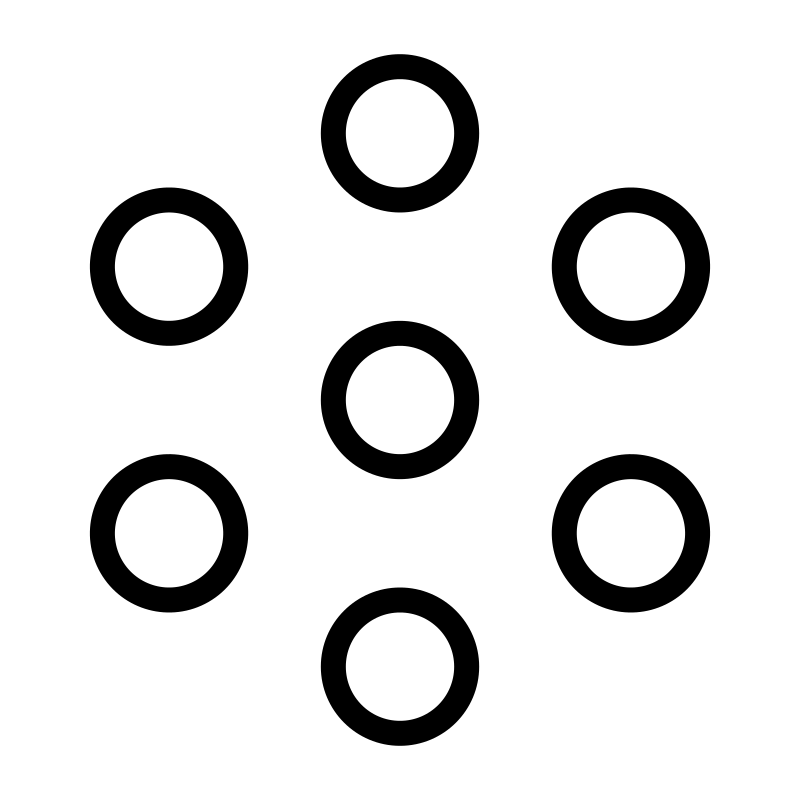ERC-4337 & Account Abstraction: A Technical Overview

ERC-4337 is leading a revolutionary transformation in the realm of blockchain account management. By introducing the concept of "smart wallets", this new standard enhances functionality, security, and user experience in the blockchain ecosystem.
The Innovation of Account Abstraction
Account abstraction is introducing smart accounts to blockchain account management, replacing traditional Externally Owned Accounts (EOAs) with smart contracts. This shift enhances security and functionality, providing an improved user experience.
With account abstraction, smart contracts are integrated seamlessly into everyday transactions. Enhanced security is made possible through features such as multiple signature requirements and a simplified recovery process, ensuring user sovereignty and reducing the risk of account loss.
Distinction Between Account Abstraction And ERC-4337
ERC-4337 is a significant advancement in blockchain technology, however, it does not fully encompass the complete vision of account abstraction. It functions more as a transaction relayer, utilizing an off-chain order book to organize transactions before relaying them to the blockchain.
True account abstraction represents a more comprehensive transformation, requiring a substantial upgrade to Ethereum's consensus mechanism, an undertaking that goes beyond the scope of ERC-4337. Yet, ERC-4337 provides a valuable step towards account abstraction without the need for consensus layer changes.
Technical Explanation: How ERC-4337 Works
ERC-4337 introduces a new "UserOperation" object to the Ethereum network, enabling the functionality of smart wallets. These UserOperations, similar to unconfirmed transactions, are sent to a separate mempool specifically designed for ERC-4337 transactions.
This method offers users increased flexibility compared to traditional blockchain transactions, allowing for bundled transactions and the delegation of transaction fees to another account, such as a wallet provider. The process of utilizing ERC-4337 involves four stages, starting with the creation of a UserOperation, moving these to the separate ERC-4337 mempool, sending the bundled transactions to the EntryPoint contract, and finalizing with the ExecuteUserOp function.
For more detailed information, see here.
Transformative Features Introduced by ERC-4337
ERC-4337 introduces several transformative features to the blockchain space:
- Bundling of multiple transactions: This allows for streamlining of the process, reducing the need for multiple sign-offs.
- Multi-signature transactions and social recovery: Multiple signatures can be required for a single transaction, and in case of account access issues, social recovery is possible.
- Sponsored transactions and ERC-20 paid transactions: Transaction fees can be covered by a third-party entity, and gas fees can be paid using ERC-20 tokens.
- Subscription and automated payments: Facilitates seamless transactions for services like online subscriptions or recurring payments.
- User-friendly experience: Pre-approval and auto-approve transactions enhance user experience, making interactions with smart wallets more intuitive.
- Efficient signature algorithms: The introduction of simpler and efficient signature algorithms like Schnorr and BLS.
- Post-quantum safe signature algorithms: To address future cryptographic threats, integration of post-quantum safe signature algorithms like Lamport and Winternitz is being explored.
- Upgradeability: New features, improvements, and bug fixes can be introduced without disrupting the existing ecosystem.
The Benefits and Risks of ERC-4337
While the introduction of ERC-4337 undoubtedly brings benefits to users and developers alike, like any new technology, it does carry potential risks and concerns. Key benefits include increased user sovereignty, more user-friendly interfaces, and potential mitigation of phishing attacks.
However, one must also consider the potential challenges. Among these are potential increase in gas fees, issues with entry and exit points in wallets, and the potential risk of attacks on the EntryPoint contract. Understanding these potential pitfalls is necessary for maintaining a robust and secure ecosystem.
In conclusion, ERC-4337 and account abstraction have introduced meaningful advancements in blockchain technology. At ZMOK, our team is actively evaluating these improvements, considering potential applications, and analyzing how these could impact our work as a primary Ethereum API provider. Our focus is on adopting enhancements that align with our mission of offering reliable, efficient, and up-to-date services to our users.
